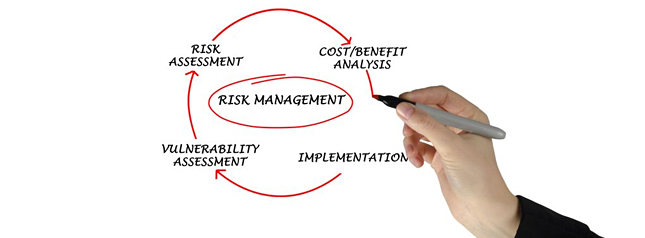Deterministic SIL Assessments
The inherent risk associated with each potential hazard scenario is typically identified as part of the PHA/HAZOP activity. Risk is assessed on the potential consequences, consequence severity and the likelihood of the event, considering any existing safeguards, that can be credited with risk reduction. The residual risk, is then compared to a defined tolerable risk matrix to determine if further risk reduction is required.
This Risk graph process is qualitative and is typically based on a calibrated risk matrix or risk graph, and serves to screen out hazard scenarios where existing safeguards have already reduced risk to a tolerable level. Where risk reduction using existing safeguards is insufficient to mitigate the hazard, the scenarios can be assessed using LOPA Process, to determine their risk reduction requirements. Layer of Protection Analysis is a structured and comprehensive analysis involving input from an experienced multi-discipline Engineeering team. Read More about this in LOPA page.
 The tolerable risk level is determined by the Client and is often expressed by a combination of a risk matrix or risk graph together with a rule set that states the required actions for each level of risk; or as a tolerable risk frequency.
The tolerable risk level is determined by the Client and is often expressed by a combination of a risk matrix or risk graph together with a rule set that states the required actions for each level of risk; or as a tolerable risk frequency.
EAC consultants bring years of experience to the risk assessment process to ensure that it is documented accurately, and thereby avoid over-estimation or under-estimation of risk. IEC 61511 Risk Graph methodology is adopted and calibrated with the Operator's Tolerable Risk frequencies.
This Risk graph process is qualitative and is typically based on a calibrated risk matrix or risk graph, and serves to screen out hazard scenarios where existing safeguards have already reduced risk to a tolerable level. Where risk reduction using existing safeguards is insufficient to mitigate the hazard, the scenarios can be assessed using LOPA Process, to determine their risk reduction requirements. Layer of Protection Analysis is a structured and comprehensive analysis involving input from an experienced multi-discipline Engineeering team. Read More about this in LOPA page.

EAC consultants bring years of experience to the risk assessment process to ensure that it is documented accurately, and thereby avoid over-estimation or under-estimation of risk. IEC 61511 Risk Graph methodology is adopted and calibrated with the Operator's Tolerable Risk frequencies.
SIS Lifecycle Model
Standards
IEC 61508, IEC 61511, ISA 84.00.02
PHA/HAZOP
Hazard Scenarios
Risk Assessment
Level of Risk for each Scenario
SIL Detemination LOPA
SIF Performance Requirements
Safety Requirement Specification
General & Specific SIS/SIF Requirements
SIF Design Configuration
SIF Design
SIL Verification
SIF Performance Verification
Lifecycle Validation & Certification
Safety Validation & Certification

